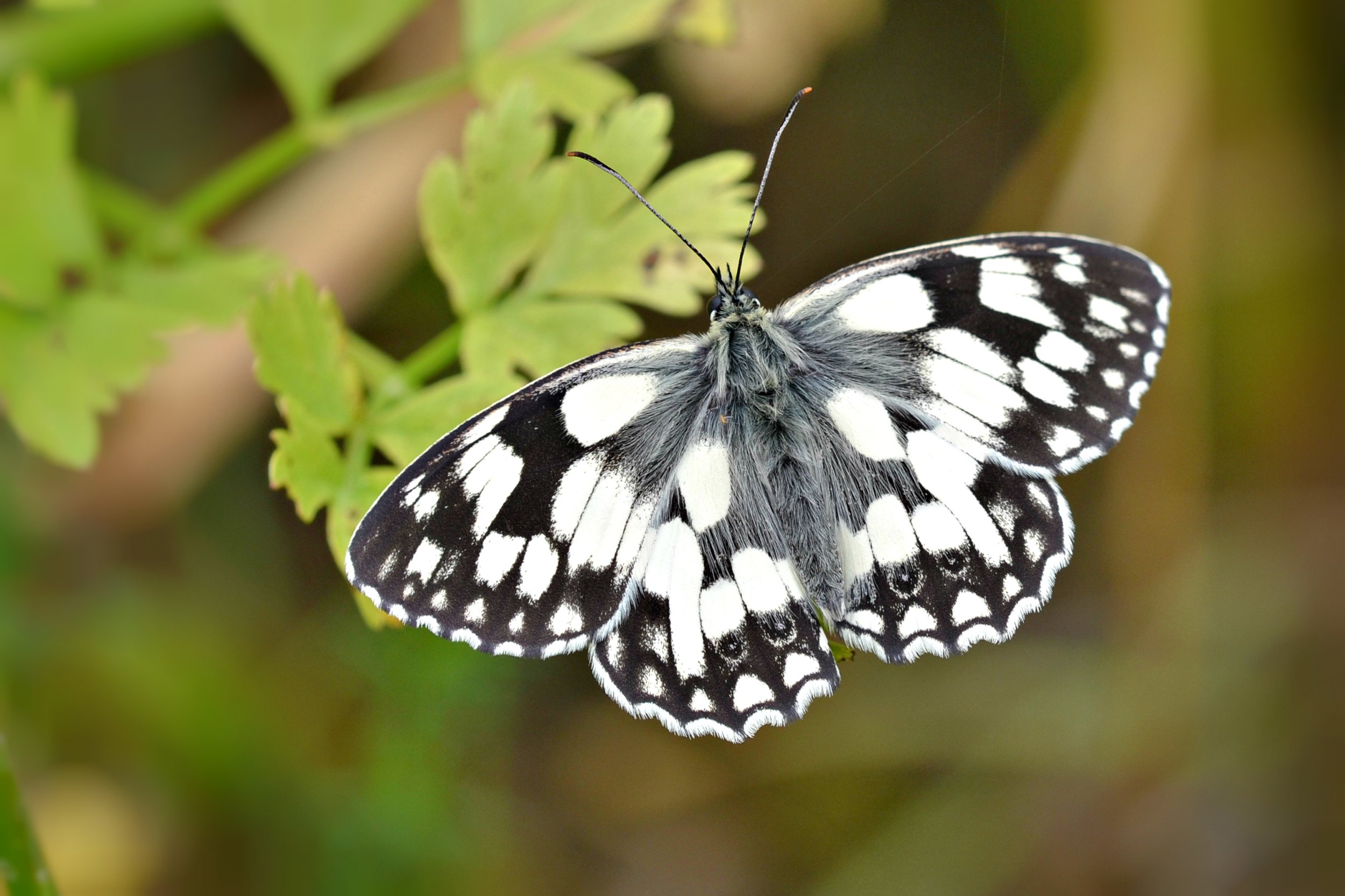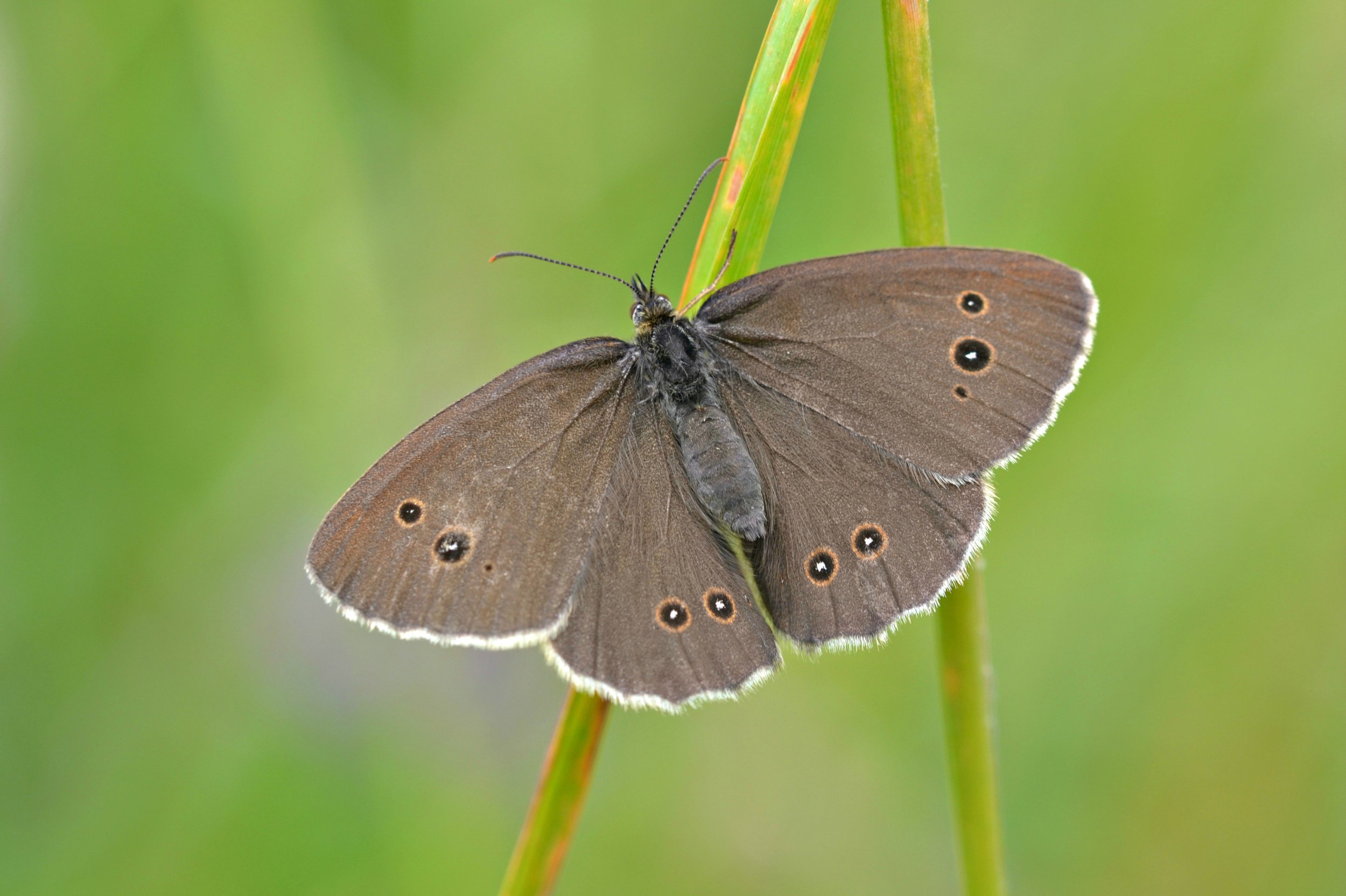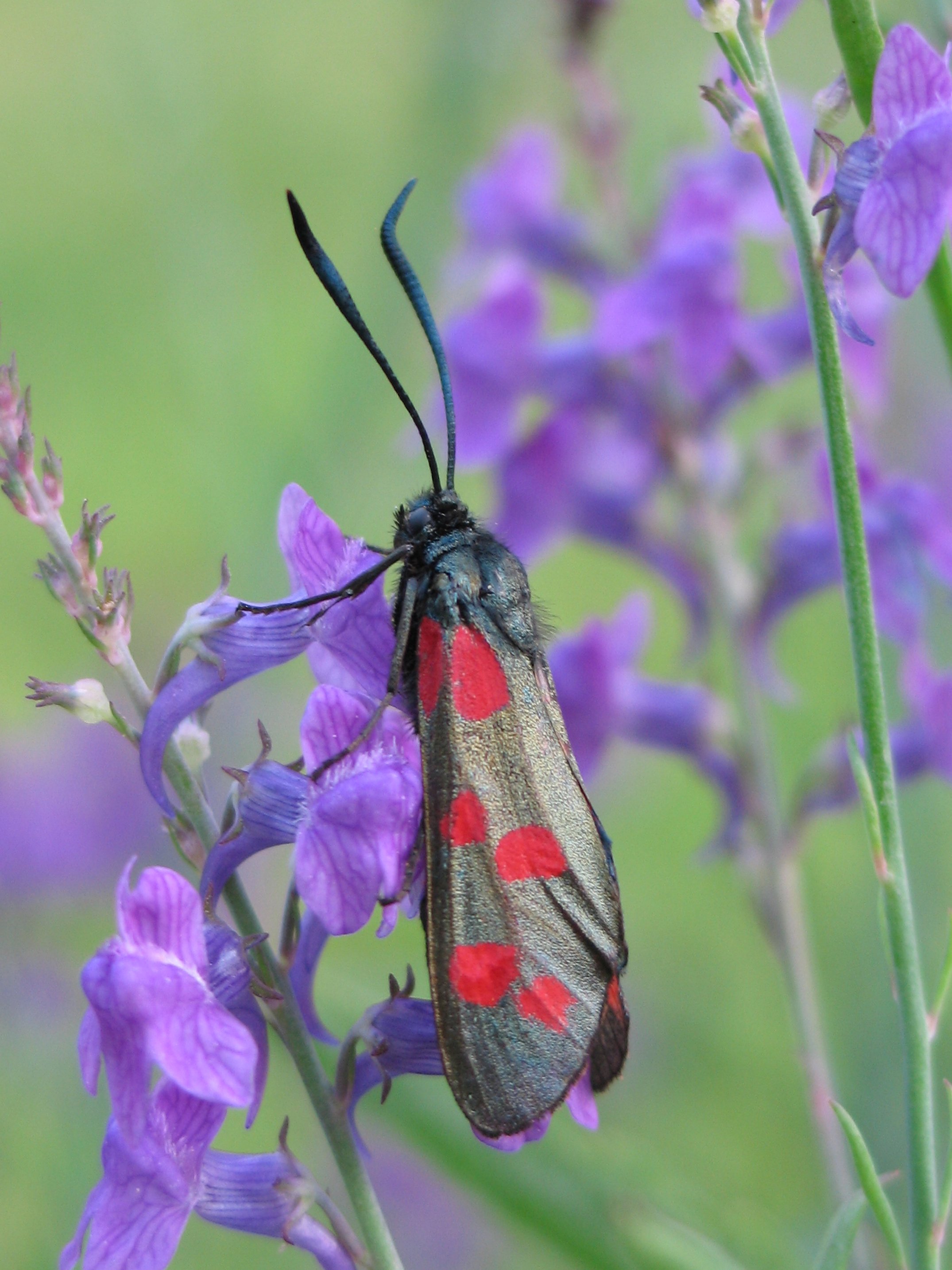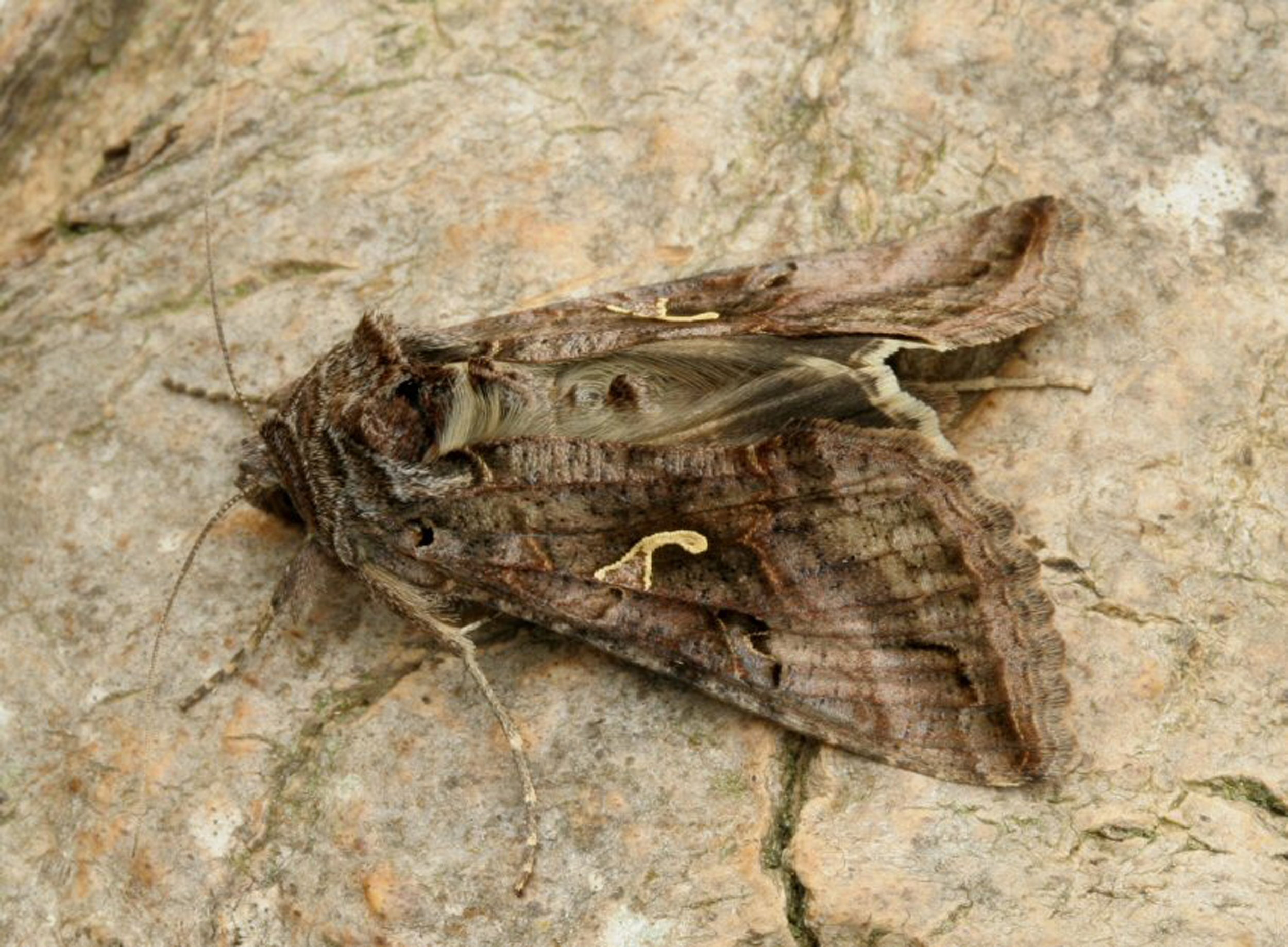Butterfly Spotting
Weird and wonderful butterflies and moths to spot in your garden this summer
3. Small Copper
In Ireland, the Irish Butterfly Monitoring Scheme, is our longest running citizen science insect monitoring project tracking the population status of our widespread butterfly species. Part of a pan-european monitoring scheme on butterfly trends, volunteer walkers record ‘transects’ (butterfly routes) every week from April 1 to September 31 to determine butterfly numbers, flight periods and habitats.
Data is collected by the National Biodiversity Data Centre (biodiversityireland.ie) to help save these beautiful insects – and alongside favourites like the painted lady and peacock butterflies, there are a few more unusual species to look out for.
Here is a rundown of some interesting butterflies and moths you may see this summer and where you are most likely to find them.
1.Marbled white
Easy to identify because of its monochrome black and white markings, these butterflies appear in areas of rough grassland and southern downland.
To tempt them into your garden, plant some purple flowers such as wild marjoram, field scabious, thistles and knapweeds. If you’re lucky you might also spot an adult resting half-way down a tall grass stem.
This species occurs in most parts of Ireland and is not threatened. Indeed, it has expanded its range over the last 20 years.
2. Ringlet
When it’s newly emerged, the ringlet has a velvety appearance and is almost black, with a white fringe to the wings. The distinctive circles on the underwings, which give the butterfly its name, vary in number and size and may be enlarged and elongated or, rarely, reduced to small white spots.
This butterfly loves damp conditions with long grass and nectars on bramble and wild privet flowers.
Caterpillars eat wild grasses, including cock’s-foot, false brome and tufted hair-grass, so by creating a mini-meadow or leaving some grass to grow long in your garden you may encourage the butterfly to breed. Keep an eye out at riverbanks, verges and any shady grassy habitats, particularly on clay soil.
While most other butterflies remain inactive on dull days, the ringlet doesn’t. You can spot it by its characteristic bobbing flight. It’s found across much of Ireland and has become much more widespread in recent decades.
3. Small Copper
They might be small but these butterflies have a big attitude. The males are territorial and will choose a patch of warm stone or bare ground on which to bask and wait for a female. They will chase away any passing insect which gets too close before returning to their chosen spot.
Though it remains a common and widespread species in most parts of the country, the number of small coppers has declined by over a third since the 1970s.
You can look for them in a variety of warm and dry places, from chalk grassland to woodland clearings and heathland. They also appear on road verges, field margins and brownfield sites and occasionally visit gardens.
Their caterpillars feed on wild sorrels, which are the smaller relatives of the docks that people use to relieve nettle stings.
With their wings open they are a little larger than a 50p coin, but they are easily overlooked as they are rarely seen in large numbers. The upper sides of the wings have distinctive bright orange and black markings.
And don’t forget moths…
4 Six-spot burnet
Did you know that there are many day-flying moths as well as nocturnal species? This dazzling black and scarlet moth has a slow, buzzing flight and is active on warm, sunny days.
It’s attracted to a range of flowers, especially purple blooms including thistles, knapweeds and scabious. Its caterpillars feed on common bird’s-foot trefoil, from which they obtain cyanide to protect themselves from predators – the striking colours of the adult moths also serve as a warning to anything that might eat them.
The best places to spot these fabulous moths are flowery grasslands including those near sea cliffs and woodland rides, roadside verges and sand dunes.
There are other similar moths, but this is the only Irish species with six red spots on each forewing, although care must be taken with identification, as in some cases the outermost spots can be fused together, and, rarely, the red colour is replaced by yellow. They are evident throughout the country particularly at coastal sites.
5.Silver Y moth
This day and night-flying moth is an immigrant to our shores and is most numerous in late summer, so the charity is interested in discovering how many have made it to the UK this year.
It's fantastic markings make it perfectly camouflaged against predators. Each forewing has a clear unbroken metallic silver ‘y’ marking, its namesake.
Tens or even hundreds of millions arrive each spring, with numbers fluctuating greatly from year to year, and they breed here on a wide range of plants including bedstraws, clovers and common nettle as well as garden peas and cabbage.
The offspring then migrate south in the autumn to continue their life cycle in warmer parts of Europe. The silver Y can be encountered anywhere and is a frequent garden visitor so you may see the swift-flying moths feeding on nectar during daytime or at dusk.
For more visit irishbutterflies.com









